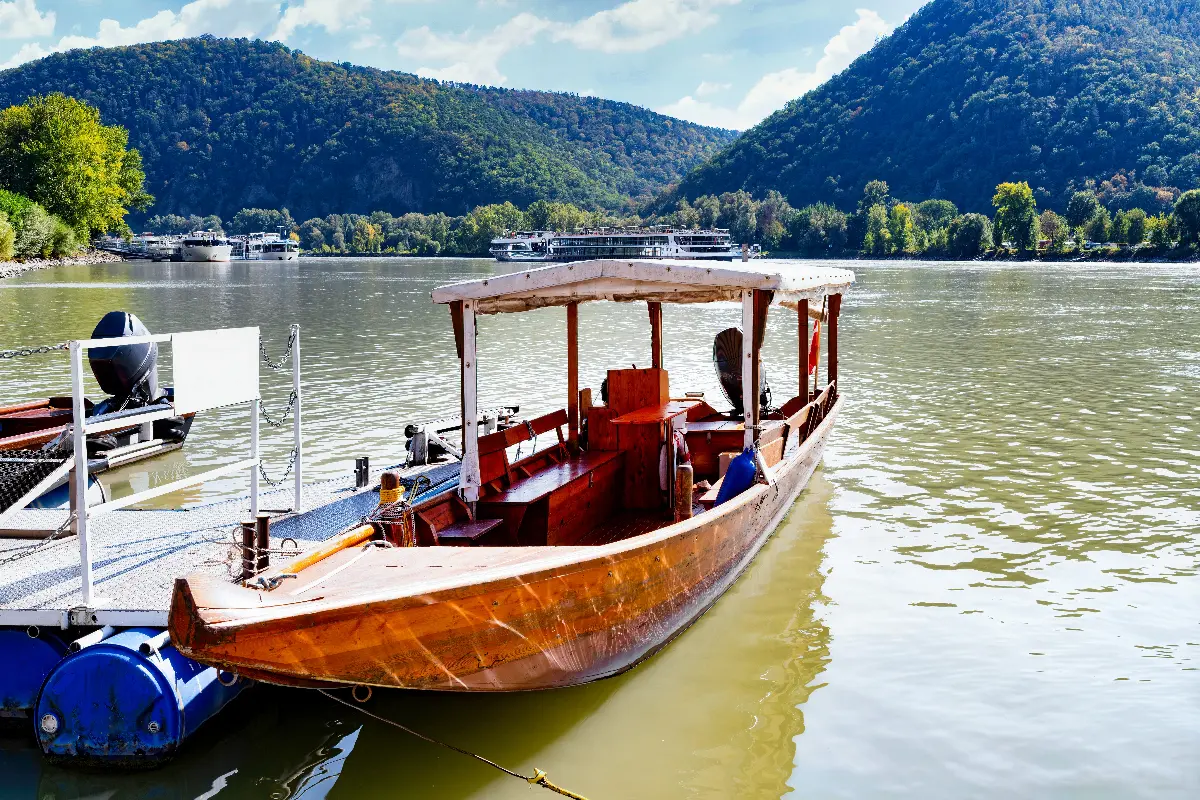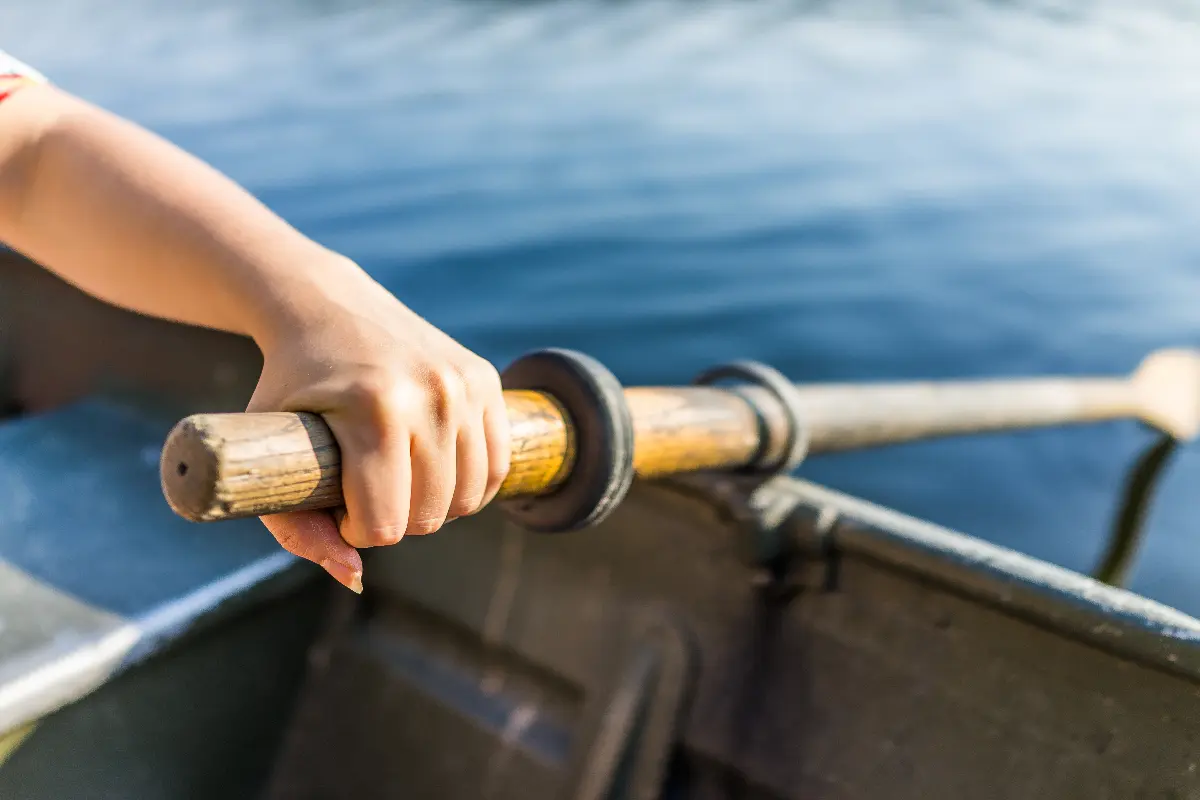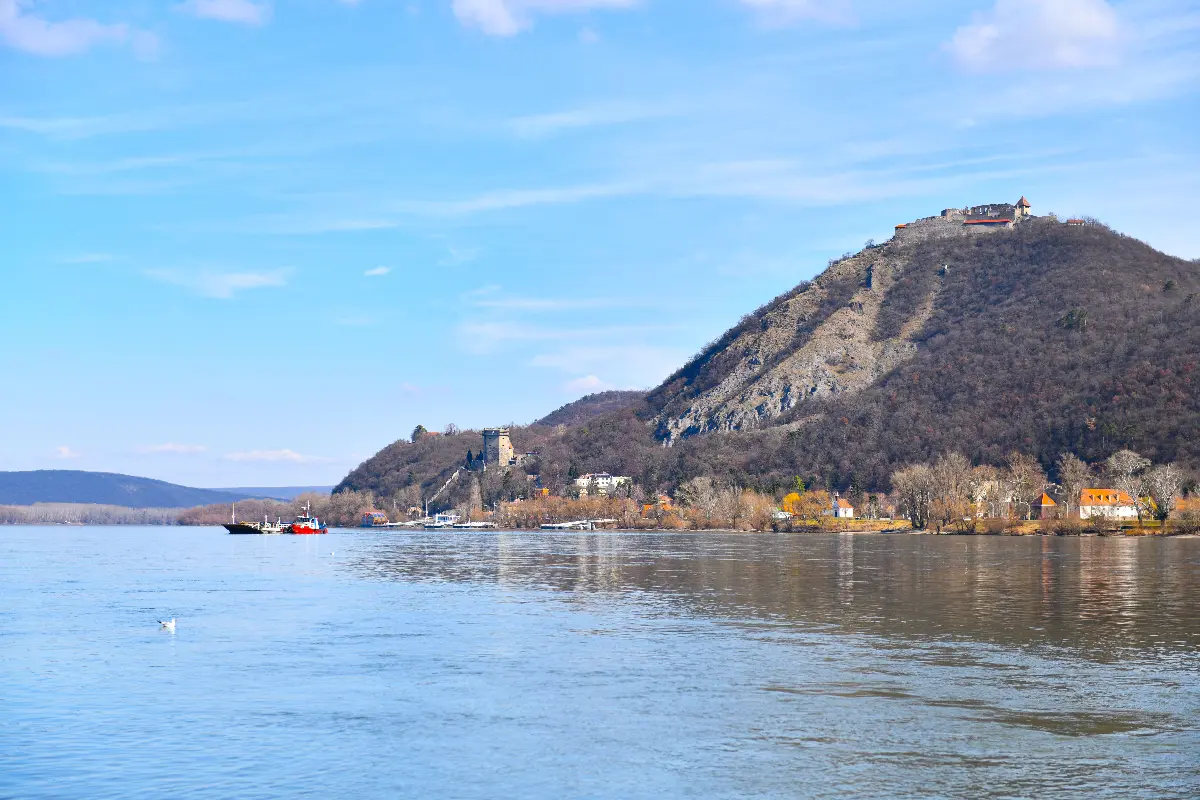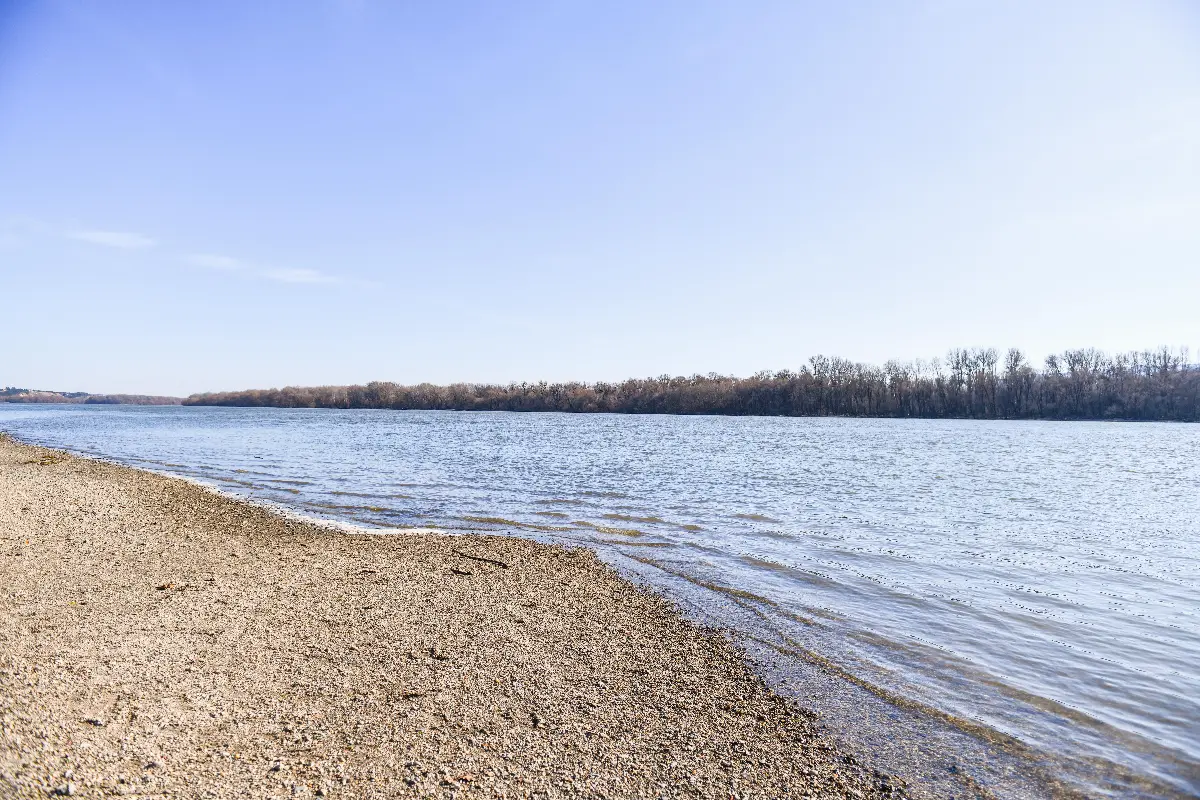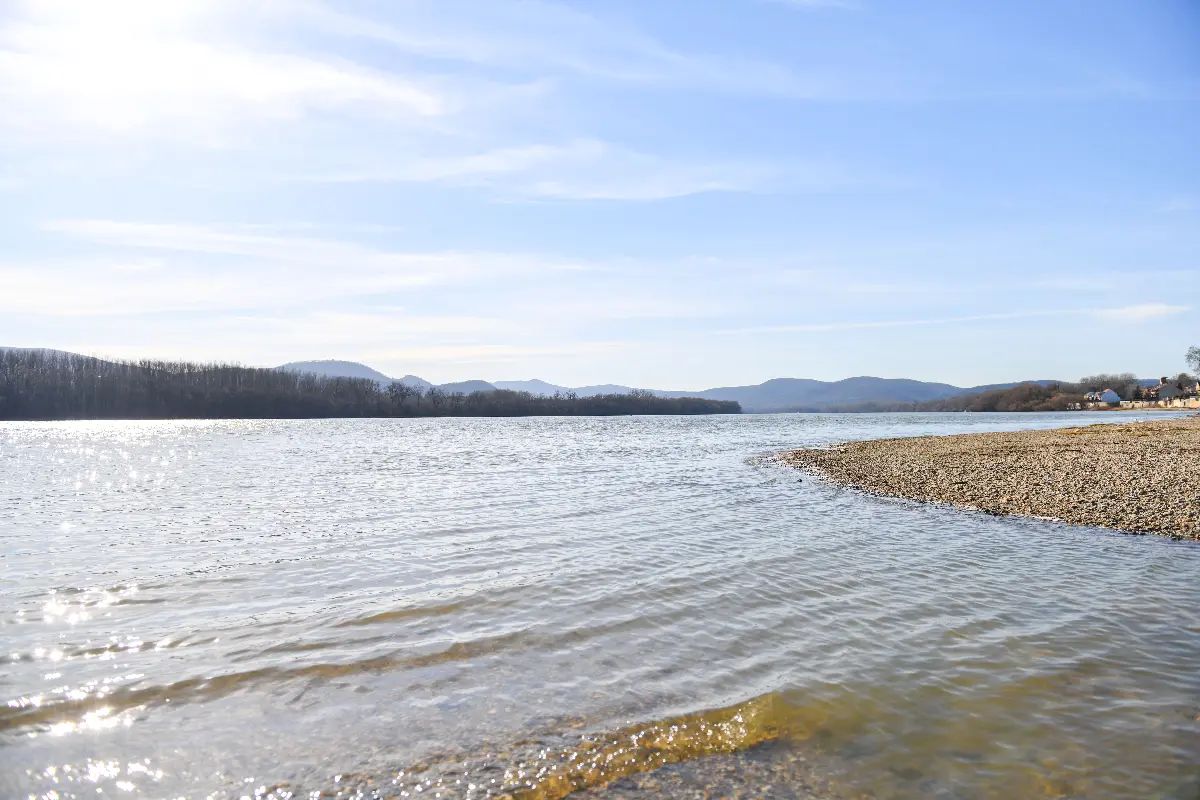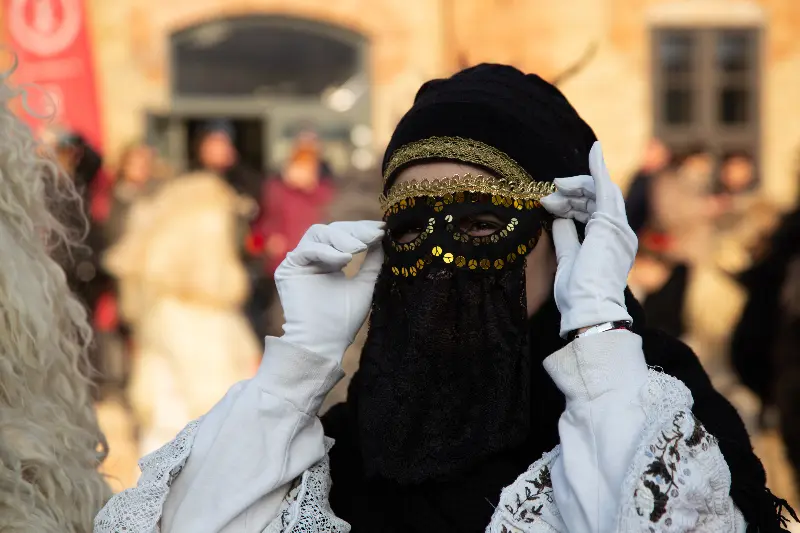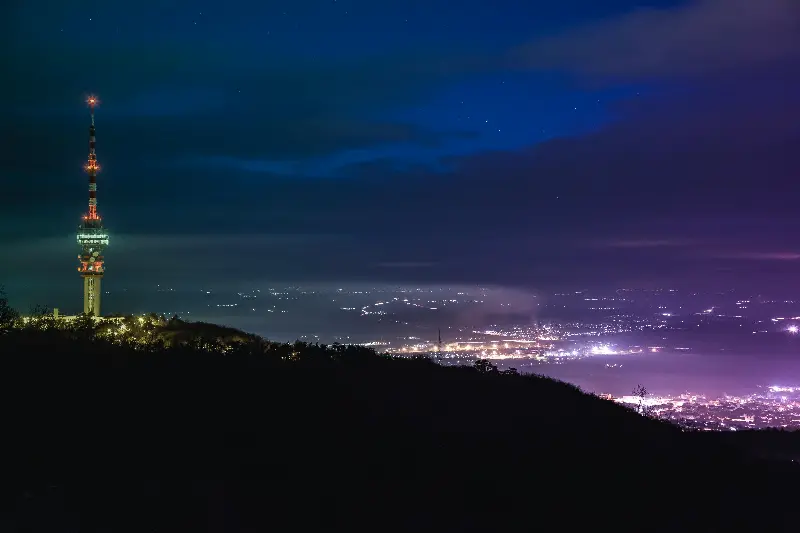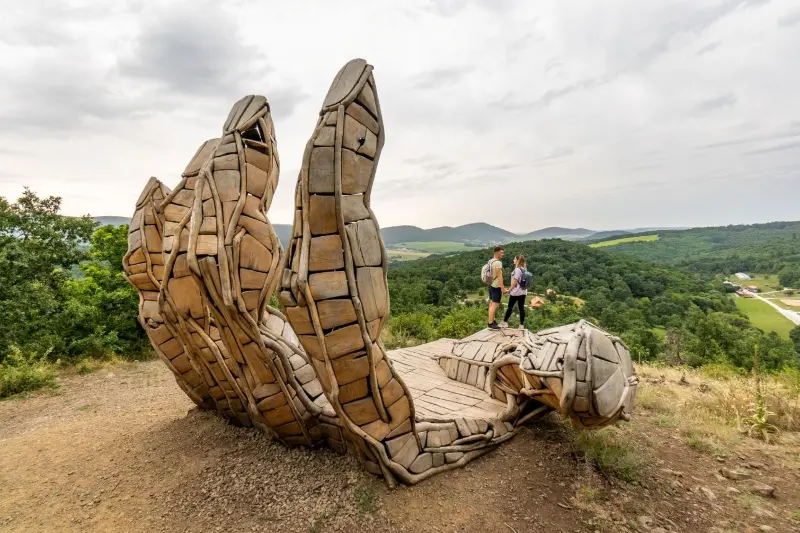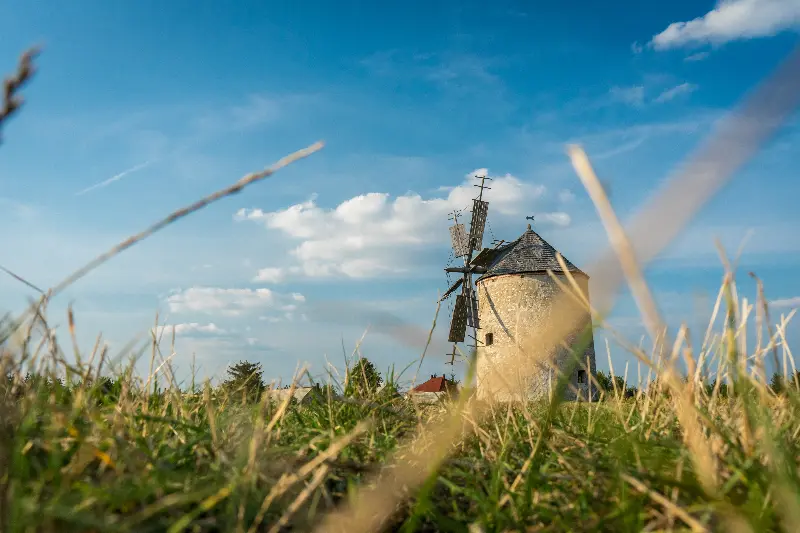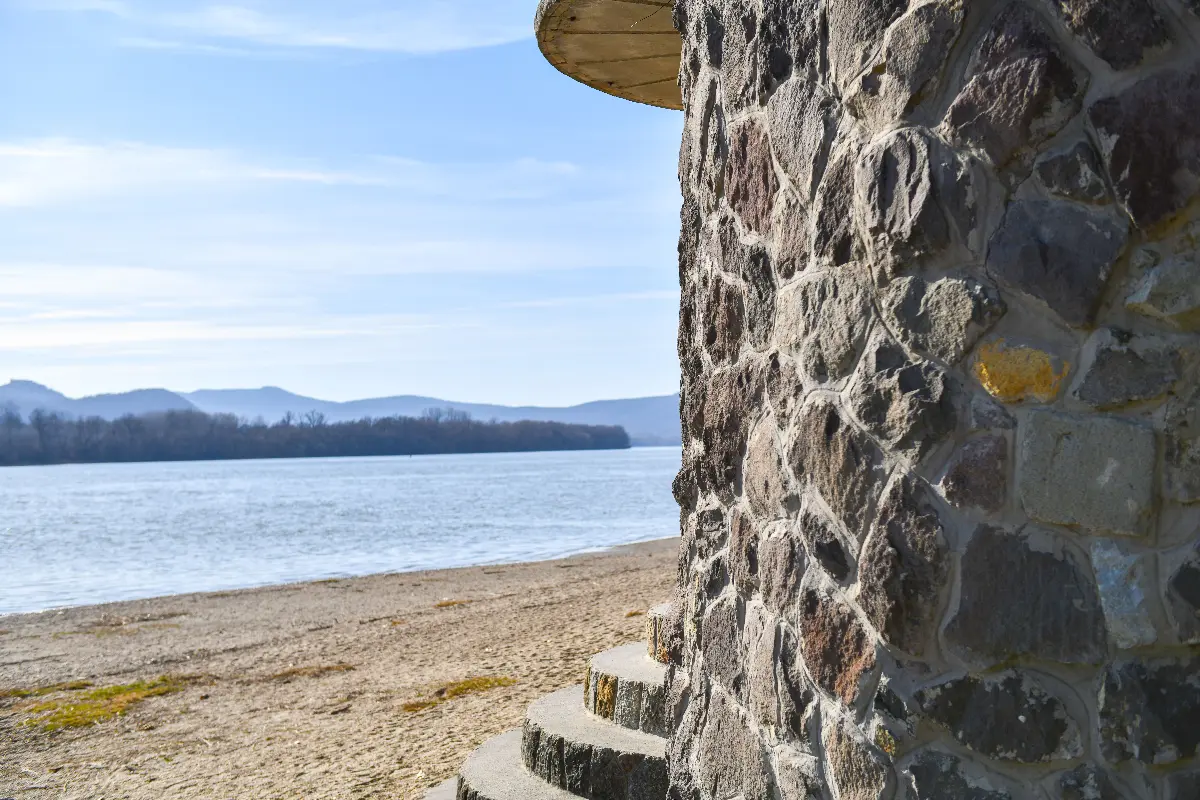
Helyszín címkék:
The Danube Bend is most beautiful from the water
DunakanyarGO
Canoes and kayaks have appeared amongst the familiar sight of fishing boats: the region played a vital role in the sport’s establishment in the country: Zebegény, Nagymaros, the island of Szentendre and Vác were firm favourites of paddlers. Even before the First World War, competitions were held here regularly - it's no coincidence that sporting clubs with a long history, such as the Verőce and Nagymaros clubs, are still proud of this over century-long tradition.
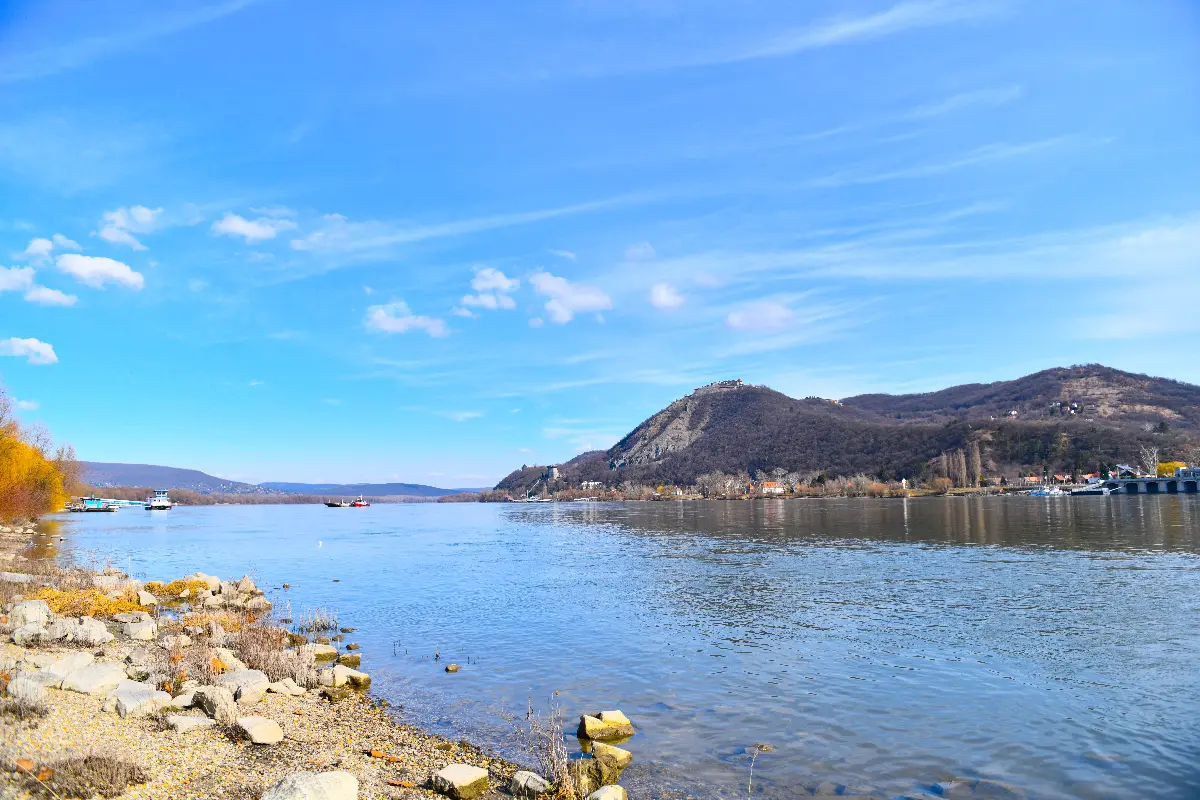
Although the locals supported this new form of entertainment, for a long time they didn't really understand what people idly splashing about in the water truly wanted who later filled the river-front restaurants – there were a number of rather comical incidents. Sometimes they wanted to ban jazz dance music on the beach in Verőce, and once Archduke Albrecht himself was bundled off by a local innkeeper in 1935. The representative of the Habsburg-Teschen family paddled down from Esztergom to Budapest with his merry entourage, but they thought they would make a stop at the town, which looked inviting from the water. When they docked, they walked up the stairs to the elegant, set tables of the beachside guesthouse, took a seat and ordered. However, the manager, who was a stickler for good manners and social morals, did not approve: he told the archduke in incognito that he wasn’t allowed to dine in a bathing suit, and if they insisted on wearing their underwear, they could go to the garden of the pub a stone’s throw away. The group left without a word and started eating at the other establishment - quietly dining until someone recognised them. It was only then that the scene became truly hilarious, as the local girls brought flowers, and the innkeeper, informed of his blunder, was forced to go over and humbly apologize to the archduke in a bathing suit - according to an issue of “The newspaper” from 1935.
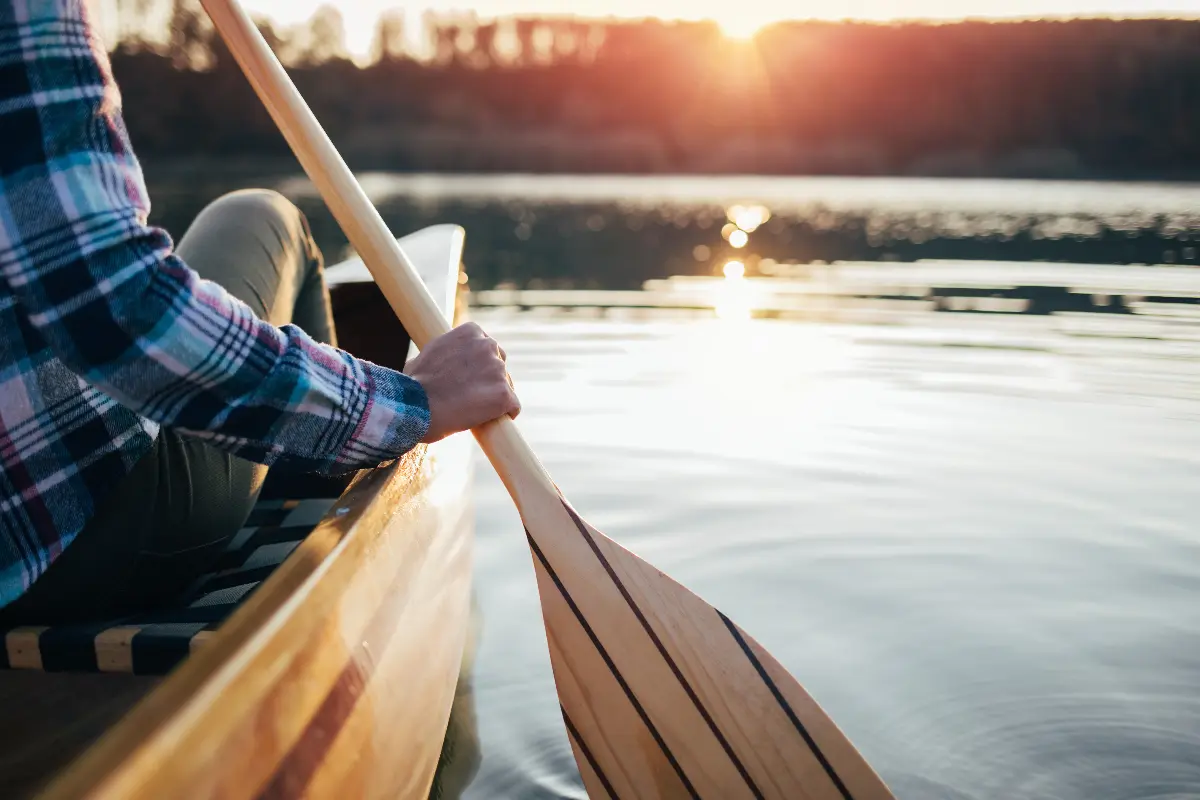
At weekends, the sound of motorboats became commonplace - although in the 1920s the residents of the Danube bend only saw them occasionally, the races soon began. After a few years of cautious beginnings, the Budapest Motor Yacht Club was founded in 1930 under the wings of the then Auto Club and a growing number of sports boats and motorbikes came from abroad, and domestic construction commenced. It didn't take long for the first Hungarian outboard motor to arrive, and Buday could meet the growing demand. The club's first official race was held in 1931, with sports boaters competing in 11 classes, from 100cc side engines to 1000cc outboard motors. The long-distance races between Vienna-Bratislava-Budapest held between 1932-37 became a major event of the Danube's water sports scene, but locals were also happy to cheer on the participants in the competitions around Szentendre Island.
The World War period and the following years led to setbacks in both rowing and motorcycling. However, the situation slowly normalised and life returned to the waterfront, paddles splashed in the waves, and sporty wooden boats raced through the water again. We had talented builders working at international standards: the H-Kovács and Karsai wooden boats are still the pinnacles of the profession, but in addition to side boats, punts and larger watercraft, the Vác shipyard also produced thousands of aluminium motorboats: the Nixys were sold not only in the socialist countries but also in the West.
Nowadays, more and more people are taking to the water again and visiting iconic spots: the mouth of the Ipoly, the island peak of Kisoroszi, the Dömös shore or the romantic spots on the other side of Szentendre Island. They used to say that the Danube Bend is the most beautiful from the water: if you haven't tried it yet, you should, because the hills of the Pilis and Börzsöny are stunningly beautiful when viewed from the rolling river.
